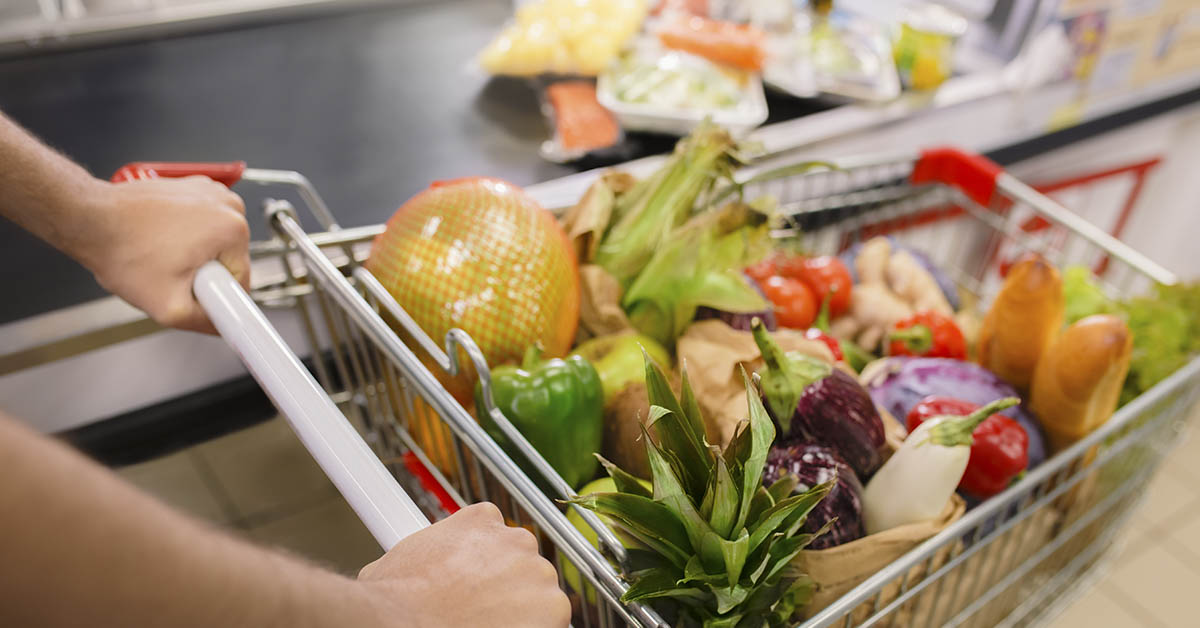Prices at the grocery check-out seem to be forever going up lately. For many of us, it seems impossible to follow a healthy diet and stay on-budget. This new study out of Australia, however, says the exact opposite. Eating a healthy diet is actually cheaper than buying prepackaged, processed foods – if you do it the right way. This is what they found.
Study Says Eating A Healthy Diet Can Actually Save You Money – This is How
Eating a healthy diet is often perceived as being expensive, but a recent study has found that it can actually save you money. The study conducted by the Warrnambool Base Hospital’s South West Healthcare: Healthy Communities project in regional Victoria, Australia reveals that following the recommended Australian Dietary Guidelines can result in significant cost savings at the checkout. While it may require bypassing some of your favorite food items, the financial benefits and long-term health advantages make it worth considering. (1)
Benefits of a Healthy Diet
Contrary to popular belief, a healthy diet doesn’t have to break the bank. The study highlights that eating healthily can save a family of four approximately $150 every two weeks, translating to $3,900 a year. This financial benefit can be achieved without relying on expensive health food items. Instead, the study emphasizes the importance of focusing on basic but nutrient-rich food choices, such as fruits, vegetables, whole grains, lean meats, dairy products, and healthy fats.
Cost Comparison: Healthy vs. Unhealthy Choices
To illustrate the cost difference, the study compared the shopping carts of an average Australian family following the Australian Dietary Guidelines versus a typical bi-weekly shop. The healthy cart contained an abundance of fruits and vegetables (31% of the total), grains and cereals, lean meats, dairy products, and oils.
In contrast, the unhealthy cart was filled with processed and packaged foods, takeaway items, sugary drinks, desserts and snacks, and fast food. Shockingly, only 13% of the unhealthy cart consisted of fruits and vegetables. The second cart contained the same staples as in the first, but also included butter and sweetened drinks. It had desserts, processed meats such as sausage and ham—and convenience meals like pizza or meat pies. In addition, it included a bottle of wine and a case of beer, which was the final push over the edge.
So what did the study find, essentially? A more plant-based diet (swapping out some meat for beans and legumes) and avoiding a pit-stop in the snack aisle can save you a lot of money. On top of that, you don’t need to be eating “trendy” foods to be healthy. Items like quinoa, out-of-season berries, and other so-called “superfoods” are good for you, yes, but necessary? No. Stick to the basics and eat as in-season as possible and you will be just fine.
Tips for Healthy Eating on a Budget
Eating healthily on a budget is achievable with some simple strategies. Here are some tips to maximize the health and cost of your grocery cart (2):
- Plan and prepare meals: By planning your meals in advance and creating a shopping list, you can avoid impulse buying and save money.
- Buy in bulk and freeze: Purchasing staple items in bulk, such as whole grains, beans, and frozen fruits and vegetables, can be cost-effective. Remember to divide bulk purchases into smaller portions and freeze them for later use.
- Opt for seasonal produce: Seasonal fruits and vegetables are often more affordable and packed with flavor. Check your local farmers’ market or supermarket for the best deals.
- Utilize canned and frozen foods: Canned goods, such as beans and tomatoes, and frozen vegetables are nutritious, convenient, and often more cost-effective than fresh produce.
- Cook at home: Preparing meals at home allows you to control portion sizes, choose healthier ingredients, and save money compared to eating out.
- Minimize waste: Reduce food waste by using leftovers creatively, storing food properly, and repurposing ingredients in different meals.
- Compare prices and use coupons: Take the time to compare prices at different stores, and keep an eye out for coupons and discounts to maximize your savings.
The Bottom Line
The study conducted by the Warrnambool Base Hospital’s South West Healthcare: Healthy Communities project provides valuable insights into the cost savings associated with adopting a healthy diet based on the Australian Dietary Guidelines. While it may require skipping certain indulgent food items, the financial savings and health benefits are significant. By following practical budgeting tips and making informed choices, individuals and families can enjoy the rewards of a healthier lifestyle while saving money in the process.
Keep Reading: 9 Foods Containing Additives to Look Out For
Sources
- “Eating healthily can save a family of four $150 at the checkout a fortnight, research finds.” ABC. Emily Bissland and Jeremy Lee. October 26, 2023.
- “10 Expert Tips for Saving Money on Groceries if You’re Trying to Eat Healthy.” Everyday Health. Erin Palinski-Wade, RD, CDCES.

